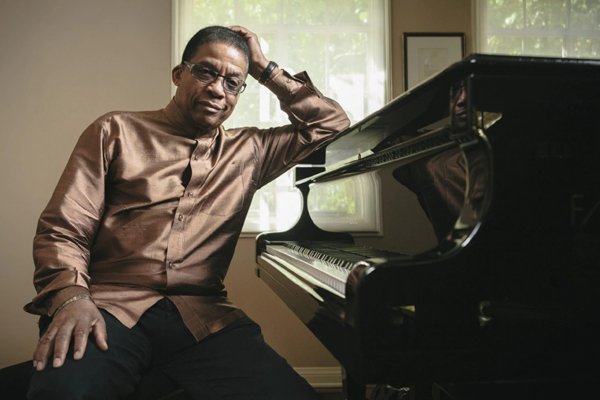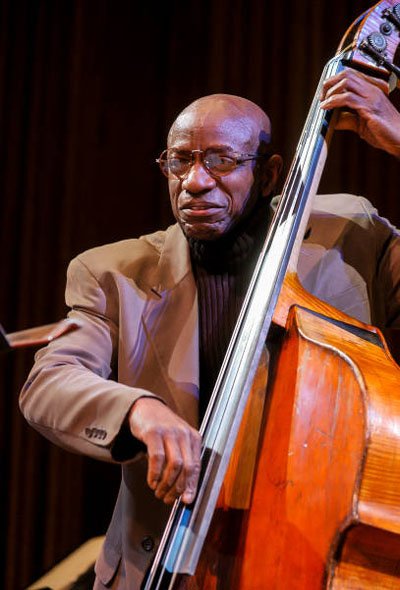Wayne Shorter (tenor sax), Herbie Hancock (piano), Reggie Workman (bass) and Joe Chambers (drums). From the album Adam’s Apple (1967).
Post-bop is a kind of jazz that began to be played in the mid-1960s and includes elements of hard bop, modal jazz, avant-garde and free jazz without being an integral part of any of these styles. It gave jazz much more creative freedom in both harmonies and solos, having an abstract characteristic that encouraged numerous musicians to move away from the diatonic approach.

Miles Davis’s second great quintet, which played from 1964 to 1968, was made up of Davis himself on trumpet, Herbie Hancock on piano, Ron Carter on double bass and Tony Williams on drums. During their trajectory they recorded six albums that introduced the post-bop style. It can also be considered that some of the albums by John Coltrane’s classic quartet, composed by Coltrane himself on tenor and soprano sax, McCoy Tyner on piano, Jimmy Garrison on double bass and Elvin Jones on drums, are part of this style due to their free modal jazz sound. This group remained active from 1962 to 1965.

This theme is a lovely ballad and Shorter’s way of playing it is sweet and touching. His solo is exquisite and unhurried giving his phrases a nostalgic character. Then Hancock enters with a soft and flexible improvisation that surprises you with its delicious simplicity. Workman follows with a more dynamic melodic line and Shorter reappears to finish with an airy and ethereal interpretation.
